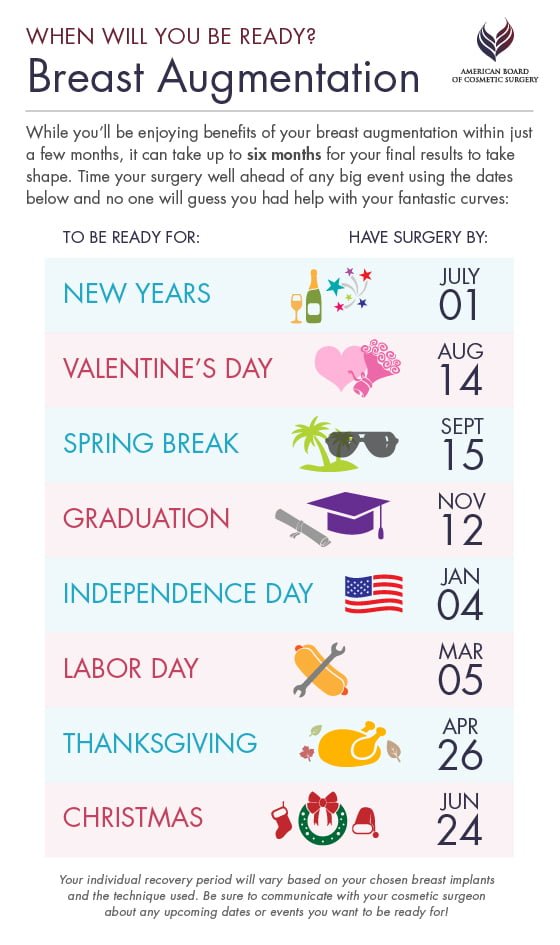Light Therapy For Teenage Acne
Light Therapy For Teenage Acne
Blog Article
Reasons for Acne on Cheeks
Acne outbreaks in the cheek location are activated by many points, from touching your face often to not changing your pillow case commonly enough. Picking at imperfections boosts your risk of infection and scarring, and specific drugs can get worse dark areas (postinflammatory hyperpigmentation).
Thankfully, there are numerous ways to avoid and treat cheek acne. These include:
1. Hormonal Changes
Acne is mostly triggered by hormones, especially those produced during puberty and pregnancy. For some, a family history of acne may additionally add to their problem. Anything that blocks pores, such as oil-based skin treatment products or waxy hair products, can cause acne. Numerous topical therapies, like benzoyl peroxide and salicylic acid, can battle germs and unclog pores. Those with serious or chronic acne ought to seek treatment from their medical professional.
Stay clear of touching or pressing your acne, as this can press a few of the germs deeper into the skin, resulting in a more severe outbreak. It is additionally crucial to alter pillowcases frequently and utilize clean makeup brushes. You need to additionally attempt to prevent irritants such as rubbing from putting on a safety helmet or tight collar.
2. Diet
The greasy, sweet foods that lots of people believe trigger acne may actually refrain so. Actually, research studies have shown that consuming a diet plan rich in whole, nutrient-dense foods aids to stop breakouts.
Foods high in the glycemic index (such as white bread, corn flakes, puffed rice and potatoes, doughnuts and various other breads) raise blood sugar degrees swiftly, and this can enhance hormones that enhance oil manufacturing and result in acne.
Drinking cow's milk has likewise been linked to increased acne outbreaks. If you are a routine cow's milk drinker, you might intend to try changing to low-fat or nondairy options that are fortified with calcium. On top of that, consuming alcohol more water can help to lower acne since it helps ryan gosling botox to maintain the skin hydrated.
3. Excess Oil
While oil is necessary for healthy skin, it can become a trouble when excessive sebum mixes with dead skin cells and obstructs pores. This combination can create blackheads, whiteheads and acnes. The blocked pore wall surface can break down and spill germs, dead skin cells and sebum into bordering skin. This leads to a red bump known as an acne. In some cases these red bumps have pus in the center from a microbial infection. Larger contaminated bumps that appear like acne are called cysts.
There are several points that can cause excess sebum and clogged up pores, including hormonal agent changes, diet and day-to-day practices. Some instances include touching the face frequently, relaxing your hand on your cheek, using unclean makeup brushes and not transforming pillow cases routinely.
4. Stress and anxiety
If you're handling throbbing acnes or a slew of blackheads and whiteheads, it might be time to speak with a dermatologist. They can suggest an effective therapy that suits your skin kind. Exercising relaxation and stress-reduction strategies likewise aids.
Acne can happen in the cheeks as a result of friction and stress, such as when a person touches their face regularly or wears a hat or sporting activities helmet that rubs versus the skin. It can also show up where oily cosmetics and lotions rub against the skin.
Stay clear of squeezing acne, as this can press infected material deeper into the skin and cause scarring. Rather, see a physician to learn more about preventative treatments like drug, skin care products and way of living changes. Consuming a healthy diet plan of entire foods, getting 7 to nine hours of sleep and making use of noncomedogenic makeup and skin care items can all help reduce acne outbreaks.
5. Hair Products
Hair products are not usually taken a reason for outbreaks, but they can contribute to acne on the cheeks in some individuals. Pomade acne, which is characterized by little shut comedones and papulopustules, is commonly triggered by making use of oily hair products which contain comedogenic active ingredients such as certain oils and acetylated lanolin.
Selecting hair items that don't include these possibly comedogenic ingredients is an essential action toward reducing outbreaks. Also, guaranteeing that hair items aren't coming in contact with the skin can help stop outbreaks. For example, using a headscarf or hood at night can limit hair-to-face get in touch with and lower the possibility that leave-in hair items will certainly abrade onto the face.
In addition to utilizing a non-comedogenic cream and cleaning with an acne face wash, other practical approaches include: